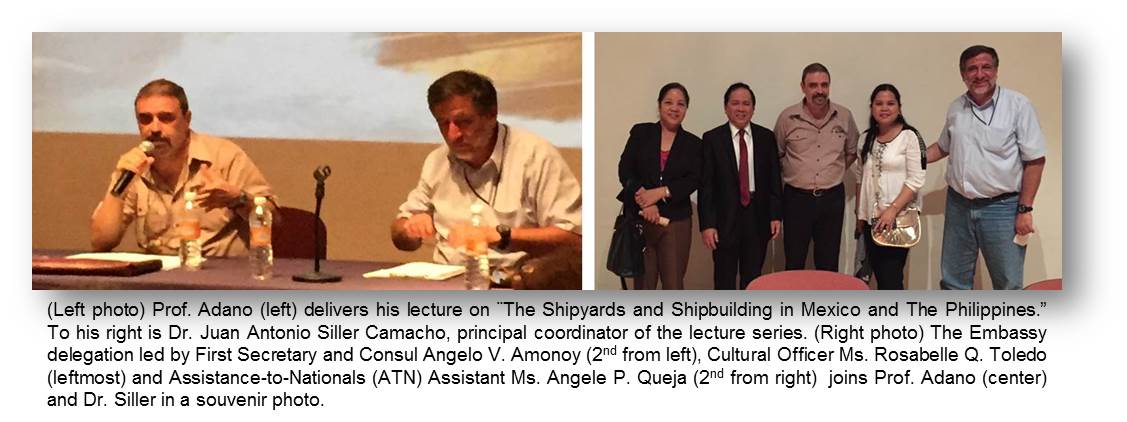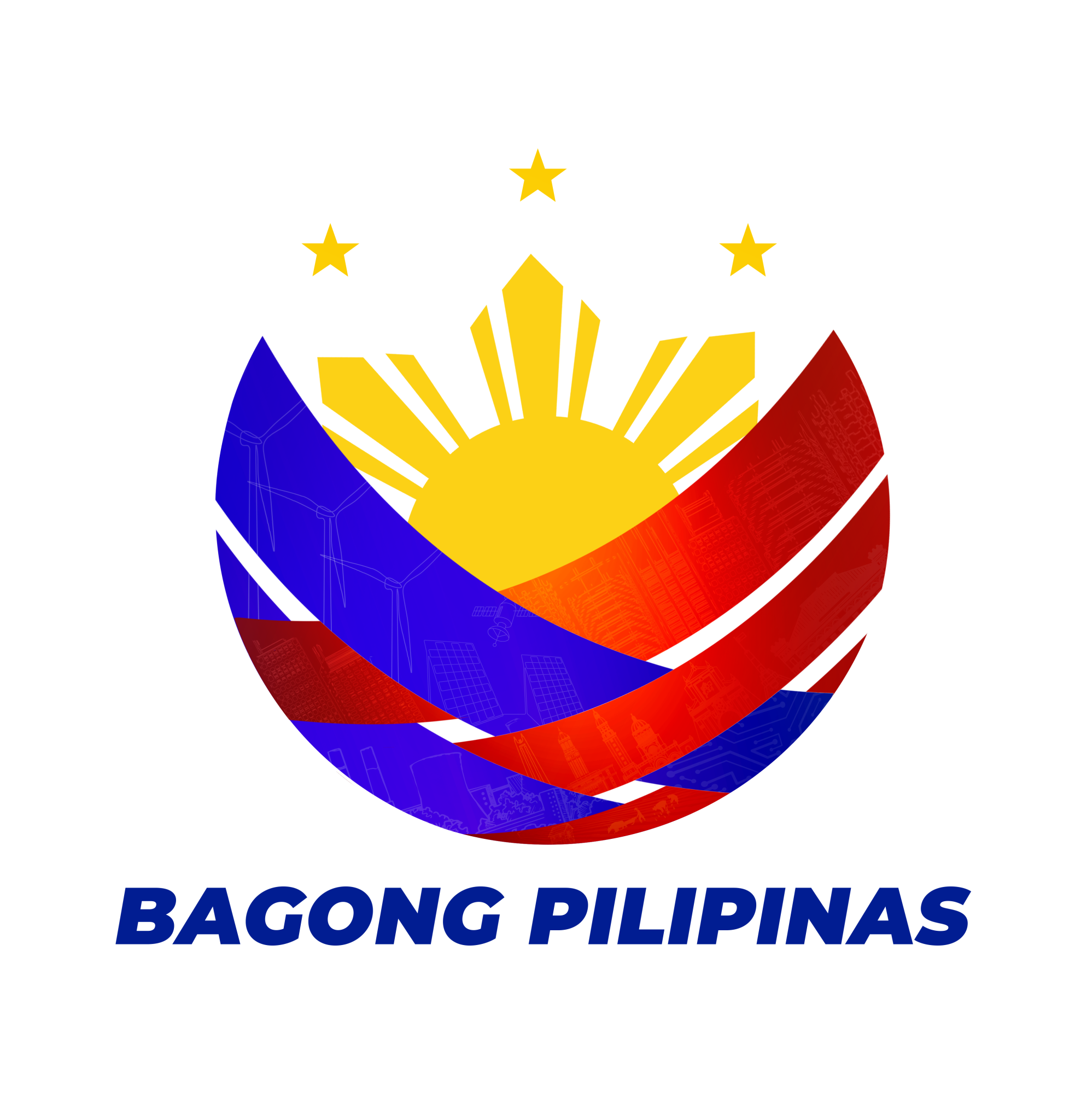
26 March 2015 – Representatives from the Philippine Embassy in Mexico led by First Secretary and Consul Angelo V. Amonoy, Cultural Officer Mrs. Rosabelle Q. Toledo and other personnel attended the fourth installment of the year-long lecture series entitled “Reclaiming our Shared Cultural Heritage – The Cultural Route of the Manila Galleon”, held on March 18 at the Museo Regional Cuauhnáhuac (former Palacio de Cortés) in the city of Cuernavaca, State of Morelos.
The fourth lecture, entitled in Spanish “Los Astilleros y La Construccion Naval en Mexico y Las Filipinas” (The Shipyards and Shipbuilding in Mexico and the Philippines), was presented by Prof. Marcelo Adano Bernasconi, Director of the Museo Histórico Naval de Acapulco.
Prof. Adano´s presentation focused on the construction of the galleon ships, the development of the shipbuilding industry and the evolution of increasingly rigorous and precise standards of naval construction and navigation during the era of the Galleon Trade which lasted for 250 years from 1565 to 1815.
In his lecture, he stated that hundreds of boats for the transport and safe passage of merchandise and other materials were constructed in New Spain (Mexico) and the Philippines during that time.
Prof. Adano informed the audience that in 1678, the Spanish government passed a law ordering the construction of ships for the Acapulco-Manila commercial route to be done exclusively in the Philippines, particularly in the shipyards of Cavite.
Across the ocean, the shipyards in the Pacific coastal town of San Blas, which lasted for approximately thirty years, served as the hub for shipbuilding in New Spain and influenced the present-day Mexican maritime culture.
In an accompanying video presentation, Prof. Adano depicted the different types of ships built in the Philippine and Mexico during the era of the Galleon Trade and the types of woods and materials used in building the galleon ships, in particular.
The program concluded with an open forum involving a lively exchange of questions and answers between Prof. Adano and the audience. END

